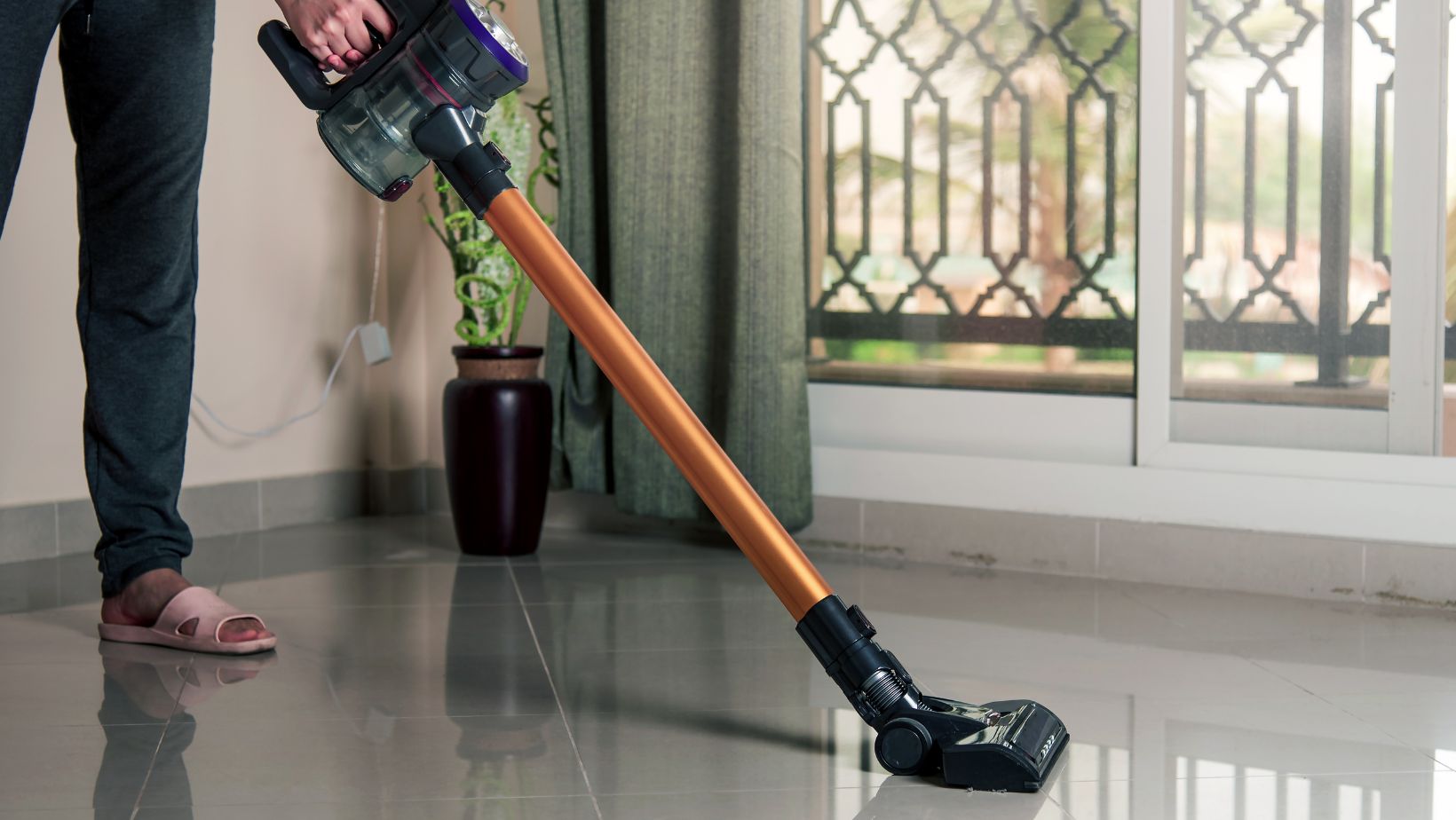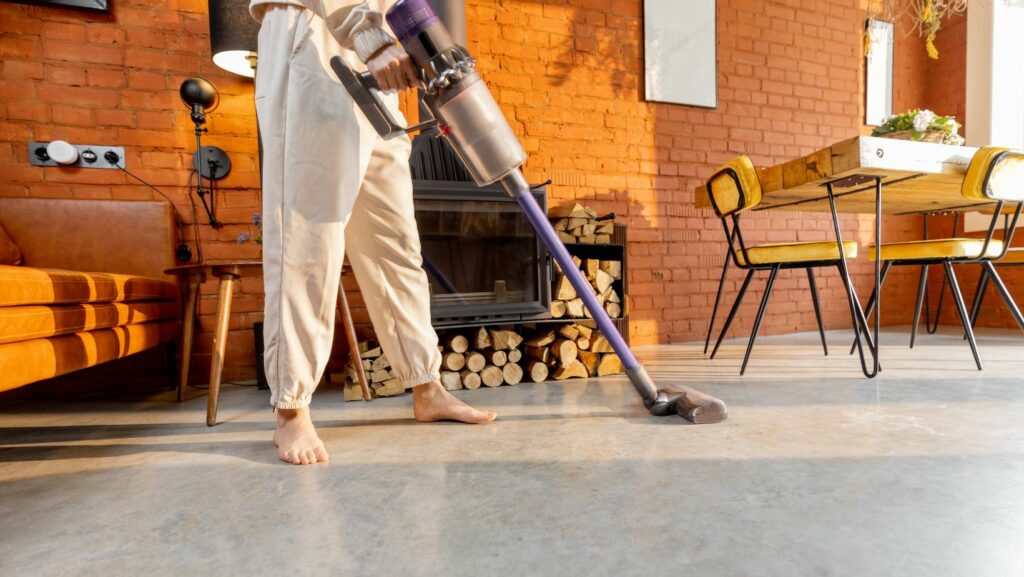If you’re experiencing an overheating issue with your Shark vacuum, there’s a simple solution that can help reset it. Overheating can occur when the vacuum is used for extended periods without proper cooling, or if there is a blockage in the airflow. To fix this problem, you can try performing a shark vacuum overheat reset.
Table of Contents
ToggleShark Vacuum Overheat Reset
When it comes to shark vacuums, overheating can occur due to a variety of reasons. Understanding these common causes can help you troubleshoot and prevent this issue from happening in the first place.
One common cause is a clogged or dirty filter. Over time, debris and dirt can accumulate in the filter, restricting airflow and causing the vacuum to work harder than necessary. This increased strain on the motor can lead to overheating. Regularly cleaning or replacing the filters is essential to maintain optimal performance and prevent overheating.
Another potential cause is a blockage in the vacuum’s airflow path. Objects like large clumps of hair, string, or other debris can get stuck in the hose, wand, or brush roll assembly, obstructing air circulation. When airflow is impeded, heat builds up within the vacuum, increasing the risk of overheating. It’s important to regularly check for blockages and remove any obstructions to ensure proper airflow.
Preventing Overheating Issues
To avoid the inconvenience and potential damage caused by overheating, there are several preventive measures you can take:
- Regular maintenance: Clean or replace the filters regularly as recommended by the manufacturer. This helps maintain proper airflow and prevents dust and debris from accumulating.
- Check for blockages: Inspect the hose, wand, and brush roll assembly for any clogs or obstructions that may impede airflow. Clear out any debris to ensure efficient operation.
- Allow cool-down breaks: If you’re using your shark vacuum for an extended period, try to give it short breaks every 15-20 minutes to allow the motor to cool down.
By following these preventive measures and promptly addressing any signs of overheating, you can help prolong the life of your shark vacuum and ensure optimal performance.
Remember that each model may have specific guidelines provided by the manufacturer regarding cleaning, maintenance, and troubleshooting that should be followed for best results.

Common Causes of Shark Vacuum Overheating
When it comes to shark vacuum overheating, there are several common causes that can lead to this issue. Understanding these causes can help you troubleshoot and prevent overheating in your shark vacuum.
Here are a few factors that may contribute to the problem:
- Clogged Filters: One of the most frequent causes of shark vacuum overheating is clogged filters. Over time, dust, debris, and pet hair can accumulate in the filters, obstructing proper airflow and causing the motor to work harder. Regularly cleaning or replacing the filters can help prevent overheating.
- Full Dust Canister: Another factor that can contribute to shark vacuum overheating is a full dust canister. When the dust canister is filled beyond its capacity, airflow becomes restricted, leading to increased heat buildup within the vacuum. Emptying the dust canister regularly will ensure optimal performance and reduce the risk of overheating.
- Blocked Air Pathways: Obstructed air pathways can also cause your shark vacuum to overheat. Check for any blockages or obstructions in the hose, brush roll area, or other parts of your vacuum’s airflow system. Clearing out any debris or foreign objects will restore proper airflow and minimize the likelihood of overheating.
- Extended Continuous Use: Running your shark vacuum continuously for an extended period without giving it a break can also result in overheating. The motor needs some downtime to cool down during long cleaning sessions. If you’re tackling a large cleaning task, consider taking short breaks between sessions to allow your vacuum’s motor time to rest and cool off.
Remember, regular maintenance and proper usage can go a long way in preventing shark vacuum overheating. By keeping your filters clean, emptying the dust canister regularly, ensuring unobstructed airflow, taking breaks during extended use, and addressing any potential mechanical issues promptly, you can help extend the lifespan of your shark vacuum and maintain its optimal performance.

